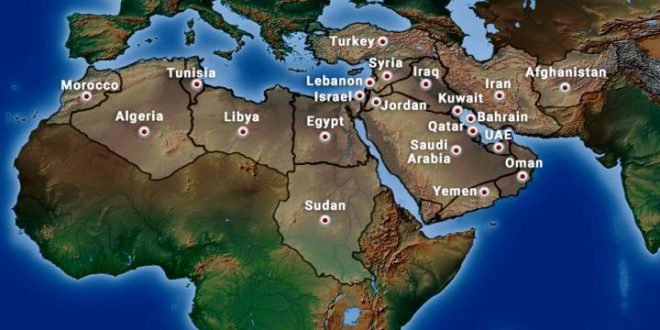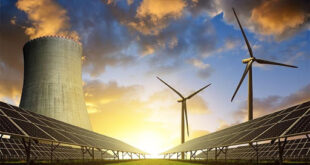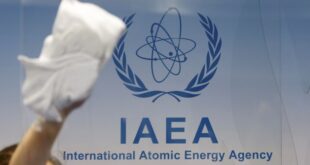Energy projects in the Middle East and North Africa (Mena) will attract about $1 trillion in investments over the next five years with hydrocarbon-dependent economies of the region continuing to boost upstream oil and gas output as they improve their power infrastructure to meet rising demand.
Around $345 billion has already been committed to projects under execution while $574bn worth of developments are planned in the future. Dammam-based Arab Petroleum Investments Corporation (Apicorp) said in its annual Mena Energy Investment Outlook report released on Wednesday. The region will see a number of “critical energy projects“ pushed through over that time period. despite the uncertain geopolitical backdrop. it said.
“We expect the Mena region to continue investing heavily as major energy-exporting countries expand the size of their energy sector and strengthen their positions in global markets.“ Ahmed Ali Attiga. the chief executive of the multilateral development bank said.
Global investment in the energy industry is expected to pick up and parts of the Mena region. whose economy is forecast to grow at around 3.2 per cent this year and next. is projected to see a corresponding improvement in investment. Apicorp said.
Spending in the oil and gas sector. in particular. slowed over the last few years on the back of a three-year price slump. With oil rebounding to above $60 a barrel. there are increased calls from regional oil majors to bolster investments to meet the future energy demand. The Mena economies. especially countries such as Egypt. also need to address power outages while the region needs to spend $180bn to raise power generating capacity by 7.4 per cent a year until 2021. according to Apicorp.
Saudi Arabia. Opec’s top oil producer. is expected to lead the way in terms of energy investments. Iraq still face challenges despite improvements in the war-torn country’s security situation. the report noted.
Saudi Arabia and the UAE account for 38 per cent of planned investments. with the region’s two top economies spending $149bn and $72bn respectively. over the outlook period. as they look to boost their upstream oil and gas sectors. For Egypt. the Arab world’s most populous country. ramping up gas production and meeting rising power demand are the main priorities. Planned investments in the North African country are $72bn. with the power sector making up more than 50 per cent of the planned spending.
In Kuwait. Opec’s fifth-largest crude producer. project spending stands at $59bn over the coming five years. with over 50 per cent of investment going to the oil sector as it aims to increase crude output to 4 million barrel per day within the next few years. Algeria. on the other hand. is looking to spend around $58bn with the Hassi Messaoud Peripheral Field Development accounting for a significant portion of investments in upstream oil.
Rising cost of capital may hinder the potential uptick in energy investments. Apicorp cautioned. However. supported by its high reserves. and low debt to GDP ratios. the GCC. which accounts for about a third of the world’s proven oil reserves has been successful in issuing record debt of over $50bn in 2017. surpassing the previous year’s record of $37bn.
 Iran Energy News Oil, Gas, Petrochemical and Energy Field Specialized Channel
Iran Energy News Oil, Gas, Petrochemical and Energy Field Specialized Channel




